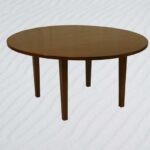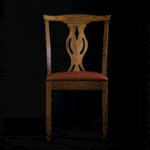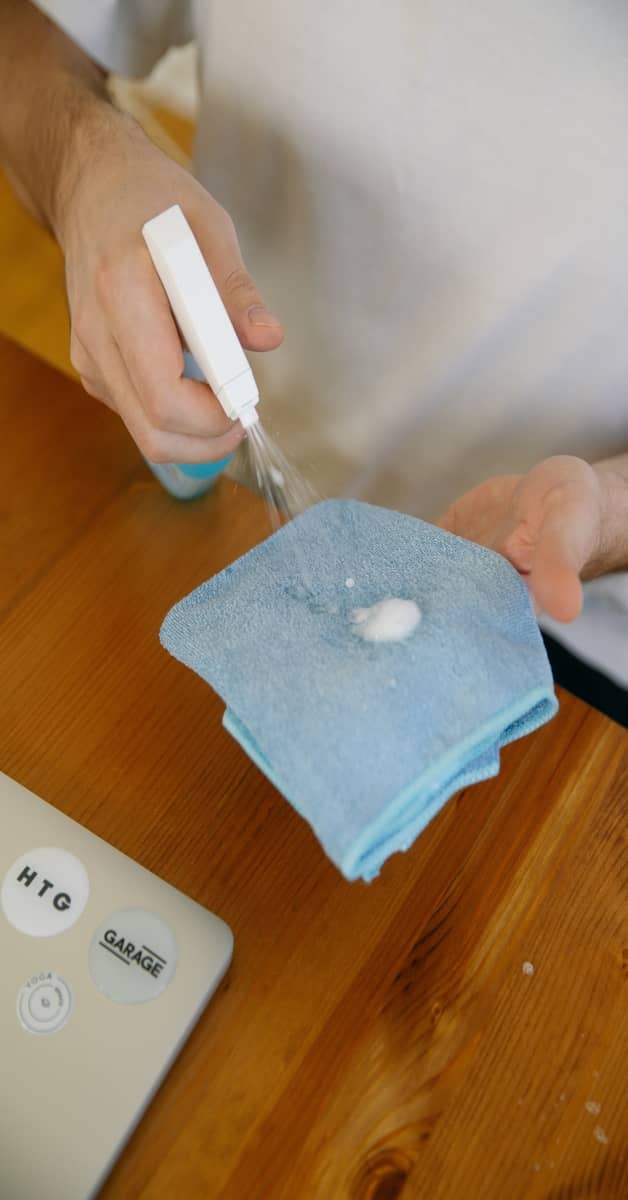There’s nothing like an international pandemic to motivate finally figuring out how to sanitize your furniture properly. There is no one size fits all solution. While your upholstered furniture may require a more specialized solution, how to sanitize wood is another question altogether.
Wood is commonplace in high-use areas like libraries, schools, spiritual spaces, and other establishments. Its ease of cleaning and maintenance makes it a much better fit than low-durability plastics. But how do you keep it safe from disease-carrying germs? Sanitizing is not by definition required to kill all germs. Still, we have provided a solution below to disinfect and sanitize your hardwood surfaces to keep those who interact with them as safe as possible.
How to Sanitize Wood
To sanitize and disinfect wood furniture, begin by cleaning off the furniture of debris with a towel. Whether the towel is damp or dry will depend on your surface and needs. If you opt for a damp towel, allow the chair to dry before proceeding to the next step.
Pour 2 parts water to 1 part white vinegar into the spray bottle or clean container. If the wood is dirt or stained, add around 2 drops of dish soap per cup of liquid to the mixture. Shake or stir until homogenous – about 30 seconds.
Spray the solution (or apply with a clean cloth) onto hardwood surfaces, taking care to cover all of the surface areas that may come into contact with germs. In furniture, take care to remove or avoid upholstery. Use a damp towel to wipe the surfaces you just applied the cleaning solution to.
Wipe it down again with a dry rag to remove excess moisture and finish the disinfection process.
Disinfection should be done based on your personal comfort level and CDC guidelines. We recommend masking and wearing gloves when cleaning with vinegar. Especially if using a spray bottle, airborne particles can irritate the eyes, so clean with caution!
Providing adequate ventilation during and after cleaning can also help to reduce the spread of disease.































